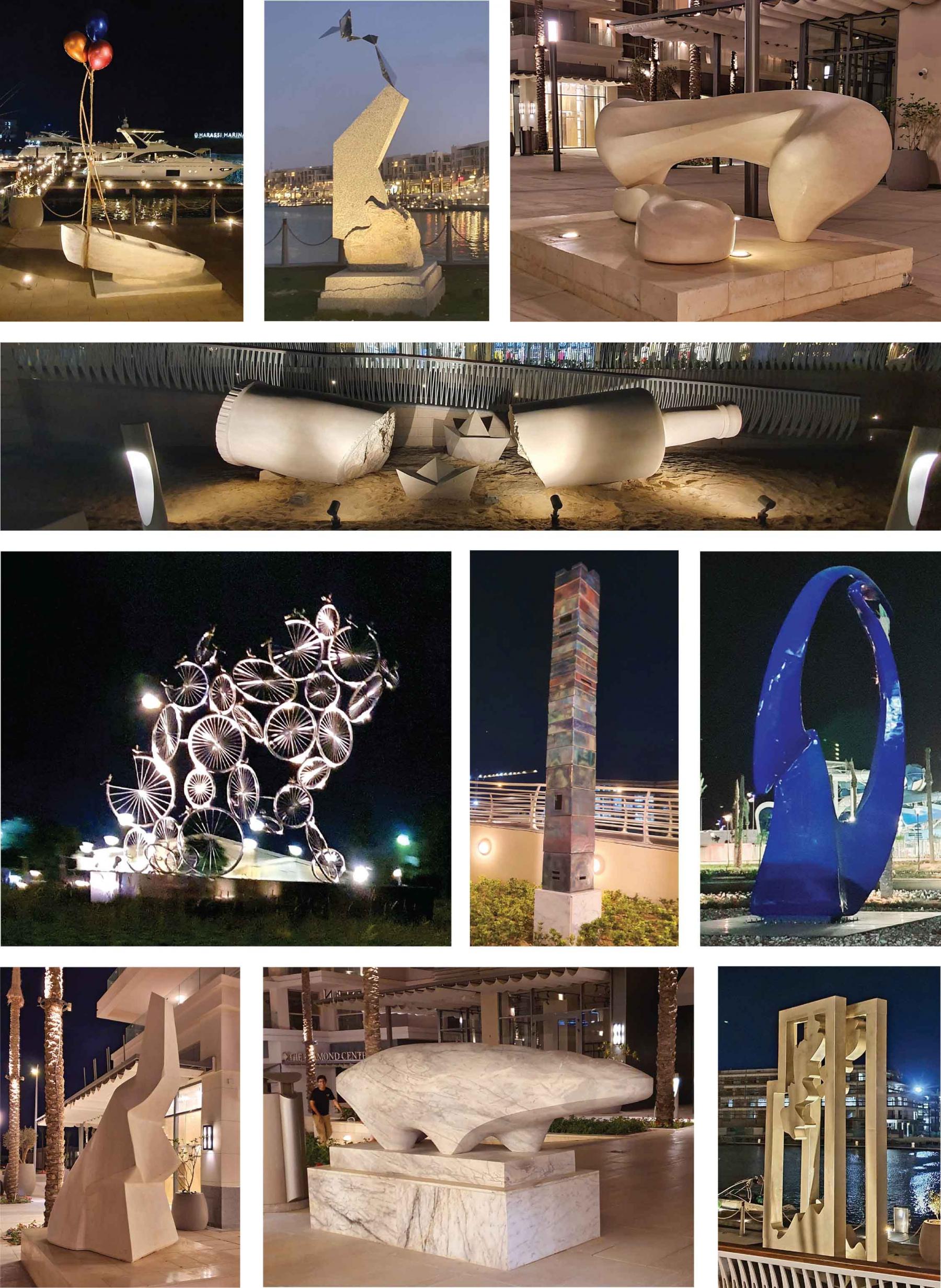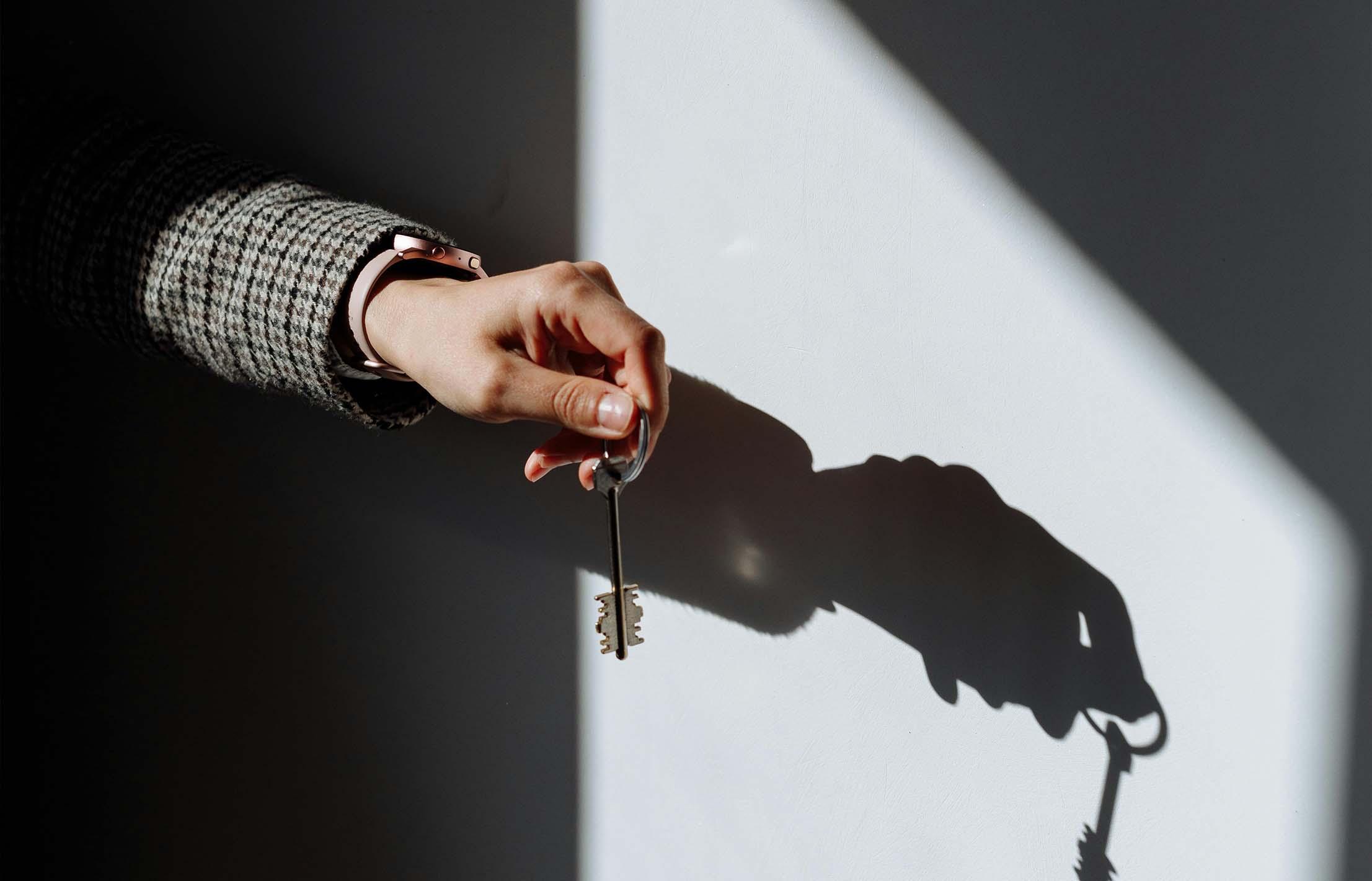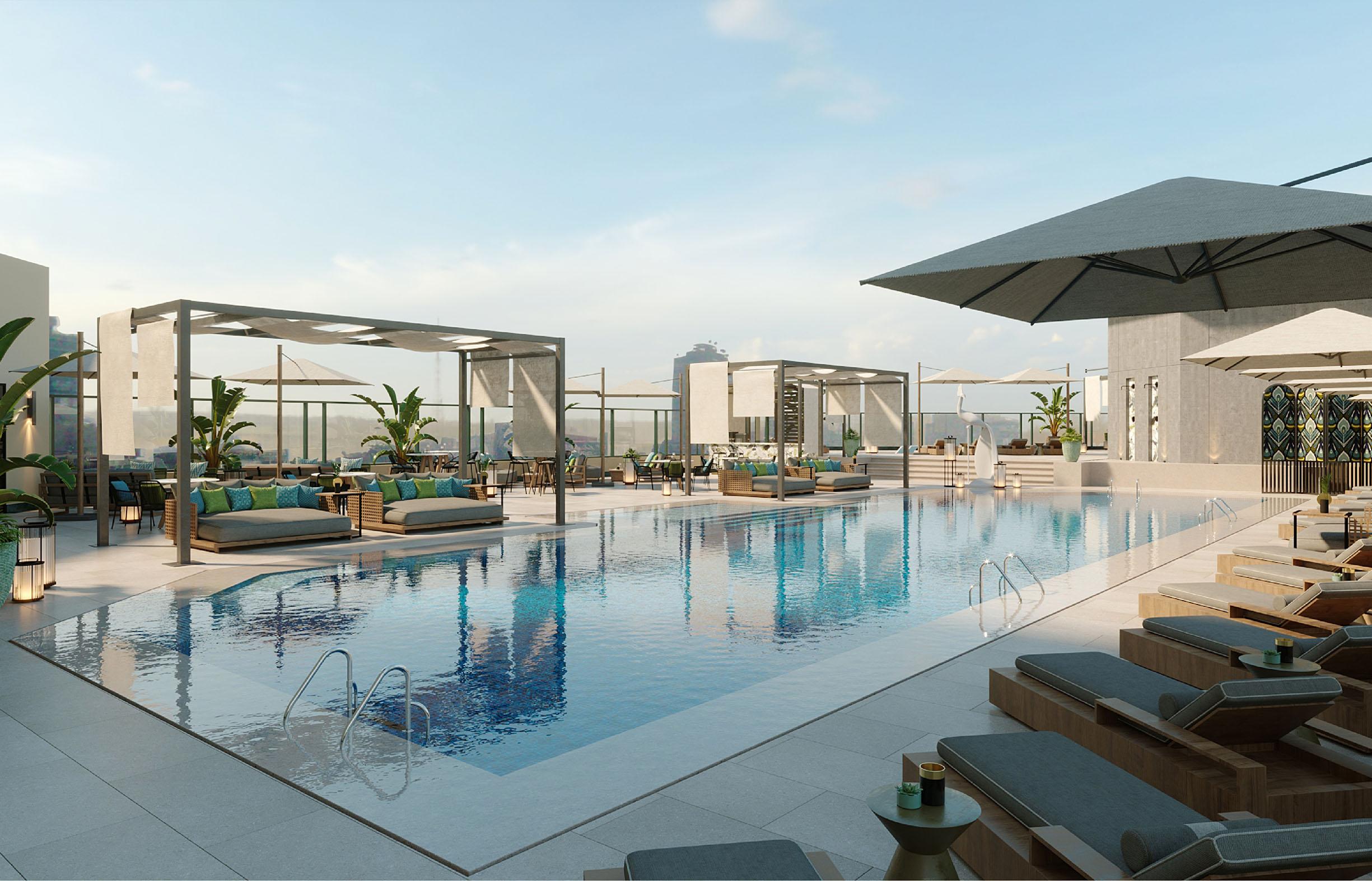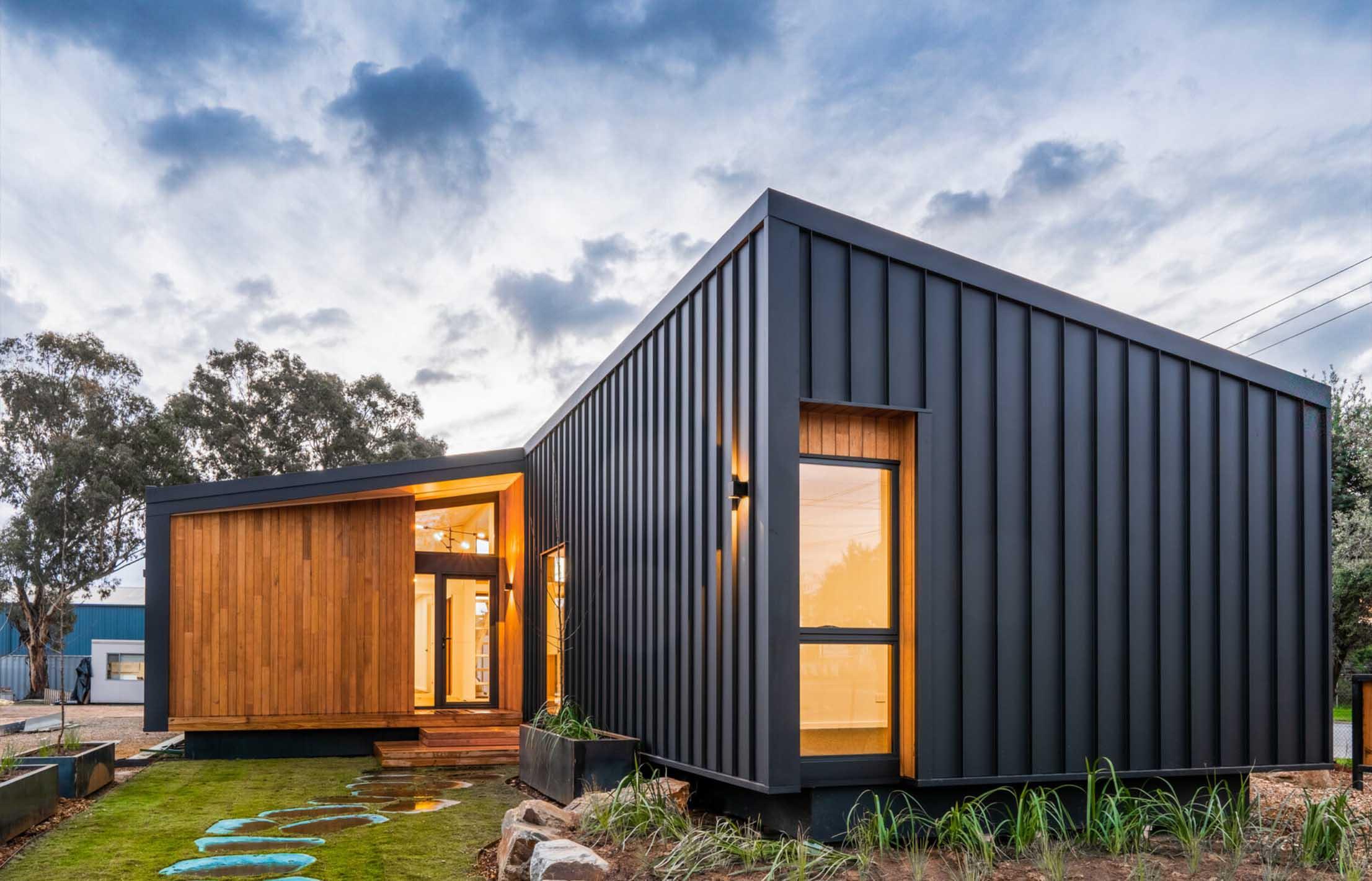
Written by: Ashraf Reda
Date: 2024-03-05
Aesthetic Resurgence

The importance of integrating artistic elements and artworks into public spaces and urban areas is one of the key elements of urban planning for cities and tourist villages. This integration is essential to ensure visual harmony and the success of beautification projects, adapting the types and values of artworks to the characteristics of the surrounding environment. This contributes to renewing the aesthetic and cultural image of new urban projects.
In Egypt, the role of the modern state in relation to fine arts, especially in occupying public spaces with artworks, particularly murals and sculptural works, has emerged. Since the earliest times of Egyptian civilization, the state has played a fundamental role in the field of arts, overseeing their production and adhering to the state's vision and creed. Architecture and visual arts were strongly present in the city's spaces.

Egypt, Future and Prosperity, Landmark, New Capital City, Concept Design by: Ashraf Reda - Sculpture by: Mohamed Radwan and Ahmed Moussa
With the establishment of the modern Egyptian state at the beginning of the 19th century, following Muhammad Ali Pasha's rule (1805-1848), the state began producing its arts influenced by basic references, most notably the model of Islamic arts and the model of modern European arts. The era of Muhammad Ali Pasha witnessed an interest in receiving European artists to establish modern arts projects in Egypt. This trend increased during the reign of Khedive Ismail (1863-1879) when he began his urban expansion project in Cairo and other Egyptian cities, similar to the planning of European cities at that time, using artistic elements to beautify the city. Khedive Ismail ordered the installation of the four lion statues at the entrance of the Qasr El Nil Bridge, which was built in 1872 to connect the Ismailia district (Downtown) with Zamalek Island. The French sculptor Jacquemart was commissioned to create the lion statues. In the same context, the Egyptian state summoned a group of European sculptors to create field statues for the members of the ruling family and its senior figures.
Khedive Ismail commissioned the French artist Cordier to sculpt a statue of his father, Ibrahim Pasha (March 1848 - November 1848), in 1868, to be placed in the Khedivial Opera Square in 1872. He also commissioned the sculptor Jacquemart to establish the statues of Suleiman Pasha al-Fransawi and Muhammad Bey Lazoghli, as well as the statue of Muhammad Ali Pasha, which was erected in Alexandria.
The state continued to adopt projects to beautify cities by erecting statues in its public squares and gardens, such as the statue of Nubar Pasha in the Shalal Garden in Alexandria, and the statue of Khedive Ismail, sculpted by the Italian artist Pietro Canonica, which King Farouk inaugurated in December 1938 in Manshia Square.

Qser El Nil Lions, by: Jacquemart, 1872
Thus, since the era of Ismail Pasha, the state has used and employed the art of sculpture to impart a new aesthetic character to Egyptian squares, including statues of symbols from outside the ruling family, such as the statue of Mustafa Kamel, sculpted by the European sculptor Leopold Savine, completed in 1913 and moved to its current location in 1938 during the reign of King Farouk I.
After the 1919 Revolution, Egyptian sculptors, led by Mahmoud Mokhtar, one of the graduates of the first batch of the Egyptian Faculty of Fine Arts in 1911, began to participate in the establishment of statues, notably the famous "Egypt's Renaissance" statue, which symbolizes the presence of Egyptian peasants in a public square, expressing the Great Popular Revolution. The work on the statue began with wide popular interest, involving various segments of society. It was inaugurated in 1928 in Bab al-Hadid Square, then moved to its current location near Cairo University in 1955, replacing it with the huge granite statue of King Ramses II, in a precedent for the removal of original ancient Egyptian statues from public squares. It remained there for more than fifty years until it was moved for the third time to be placed in front of the Grand Egyptian Museum, scheduled to open this year 2024.
The establishment of sculptural artworks in public spaces continued throughout Egypt, bearing statues of leaders, artists, and influential figures in Egyptian society, adding a spirit of art and beauty to the people.

Emaar Art, 2021- Marassi Marina
In recent years, Egyptian artists have returned to participate in major beautification projects, adding a touch of beauty to new cities and modern urban projects. Young artists excelled in establishing artistic projects, mostly sculptural, in the New Administrative Capital and the New Alamein City, as well as in major real estate projects, whether in squares, gardens, or public spaces within them.
At the forefront of these artistic projects is the "Emaar Art" project in 2021, in which twenty artists from different generations participated. It was organized by the ARAC Foundation for Arts and Culture to beautify public areas and main squares in the coastal city of "Marassi Alamein" on the Mediterranean Sea. The work on the sculptural works continued for more than three months, until the works and statues were erected in the "Marina Marassi" area of the new Alamein, and in the main squares of the city, becoming like an open museum of contemporary sculpture, representing direct interaction and attraction with the public and city visitors. We must not overlook the current artistic works, murals, and contemporary sculptures that blend with the modern architectural renaissance, taking place in the New Administrative Capital, whether to beautify the capital or to demonstrate the existing artistic and architectural value, integrating it with the surrounding environment, to spread beauty and creativity in every corner of Egypt, as art remains life itself...

Alphabet of Civilizations, Landmark, Marassi Marina, by: Ashraf Reda
Ashraf Reda, PhD.
Professor of Fine Arts
Executive Director of Arts & Culture Complex





